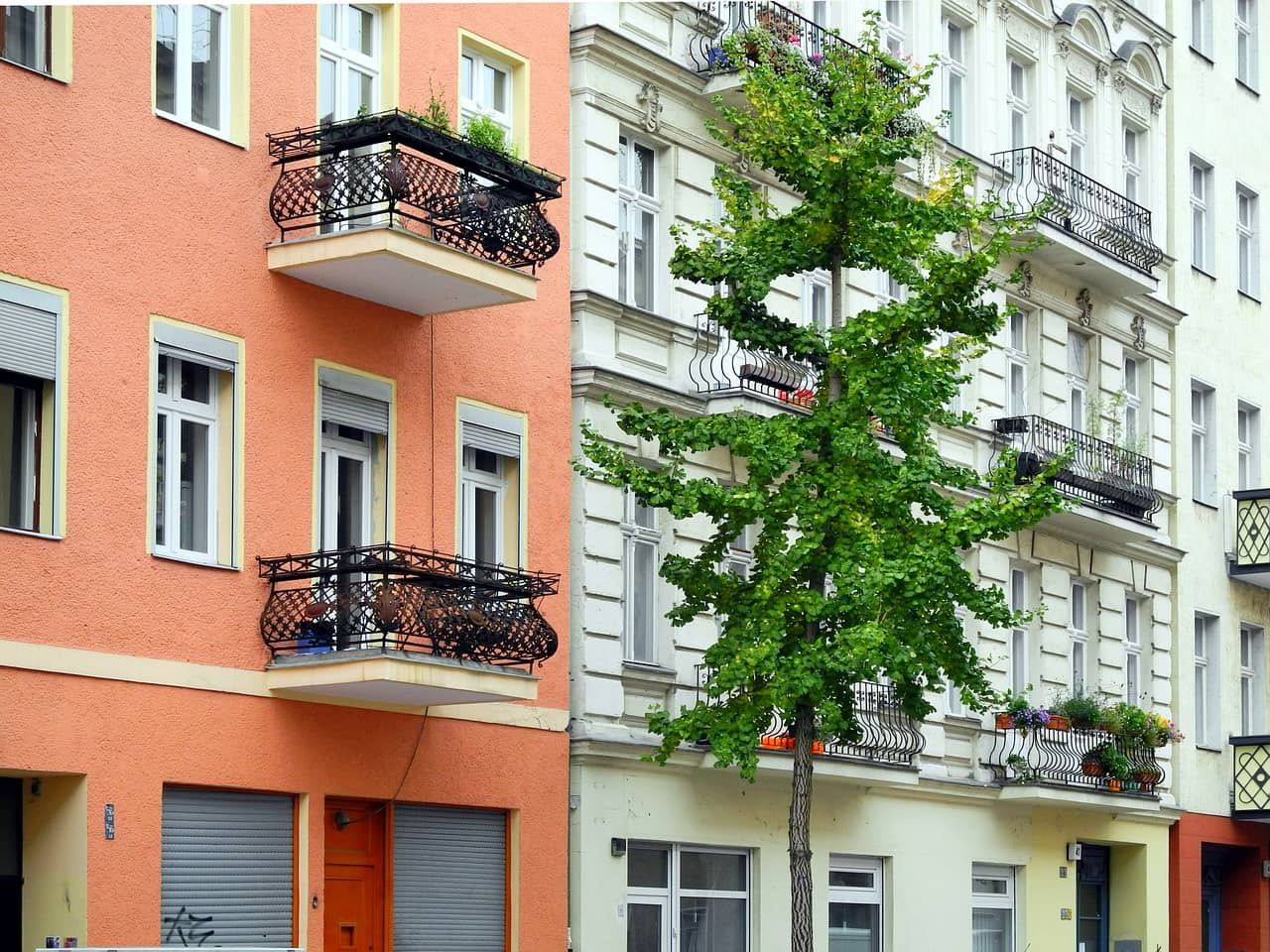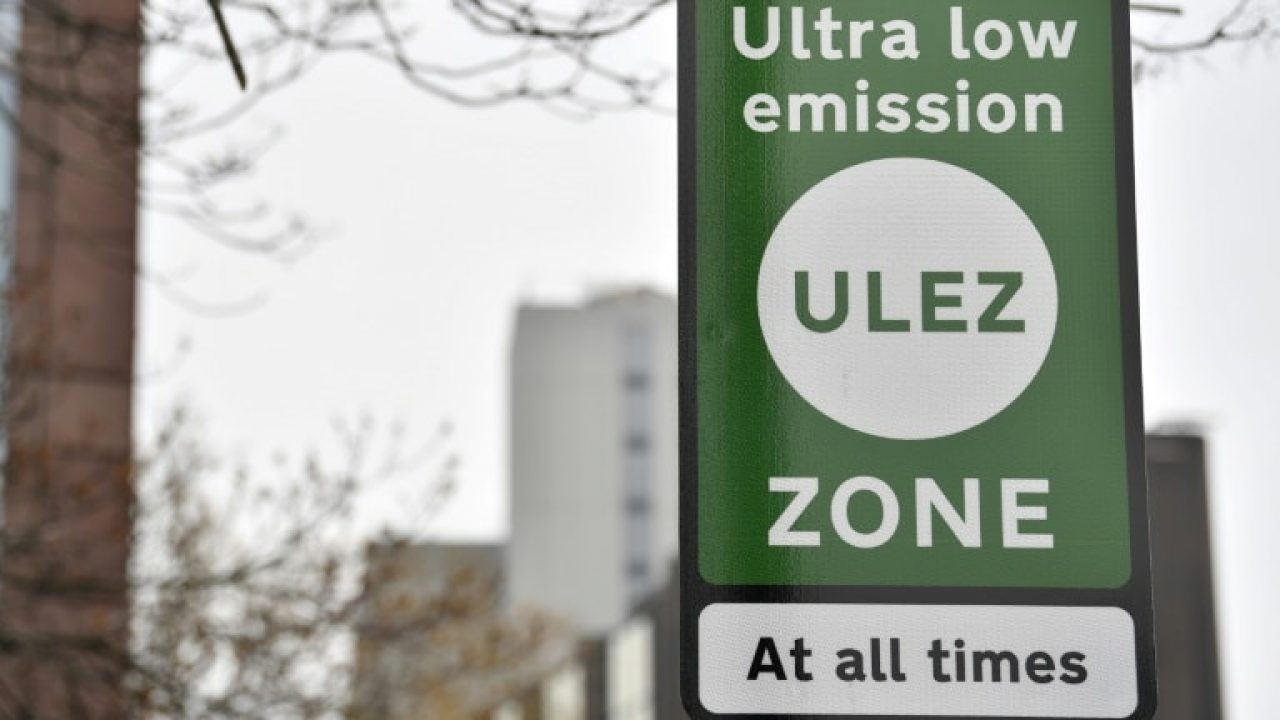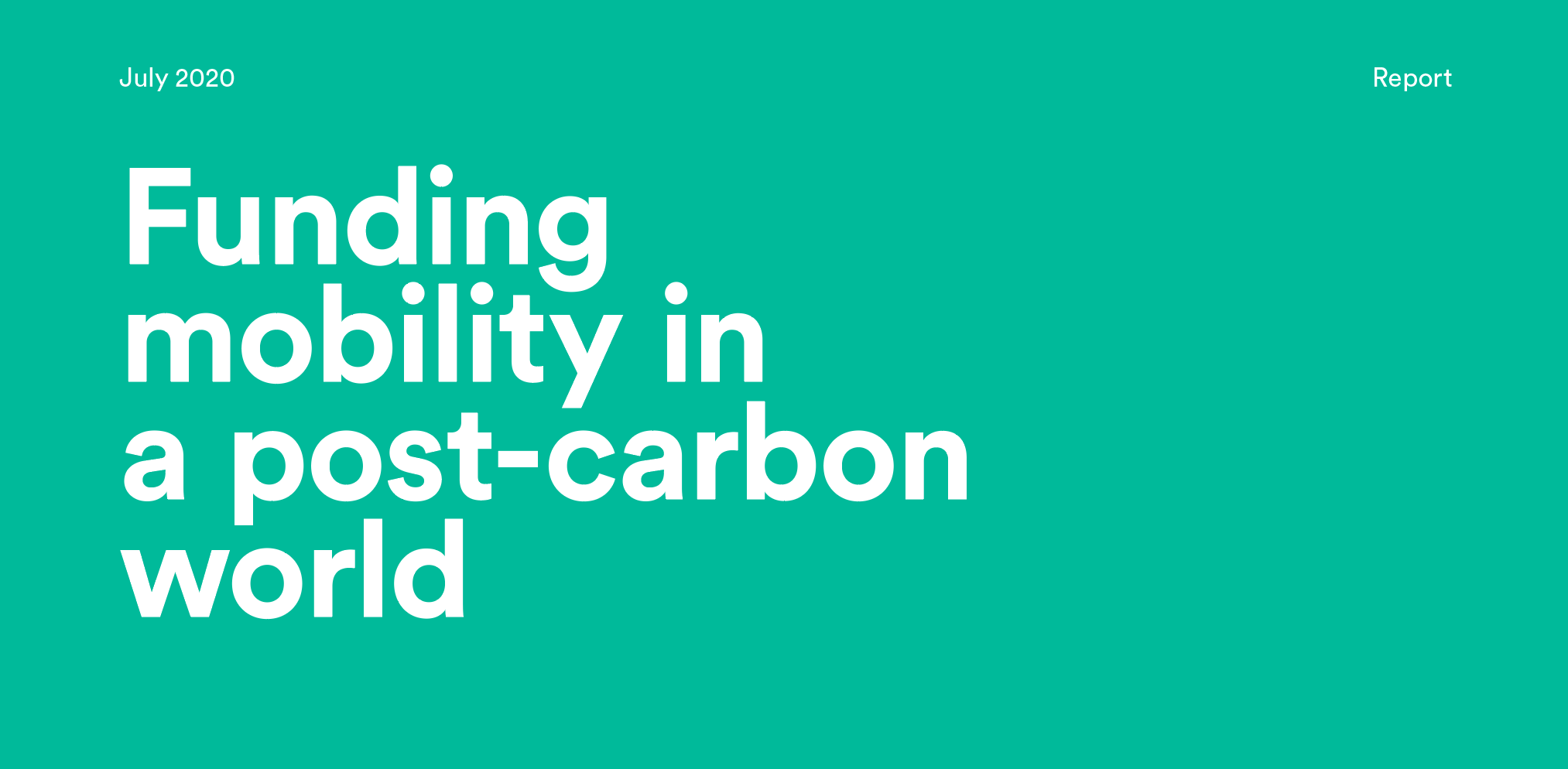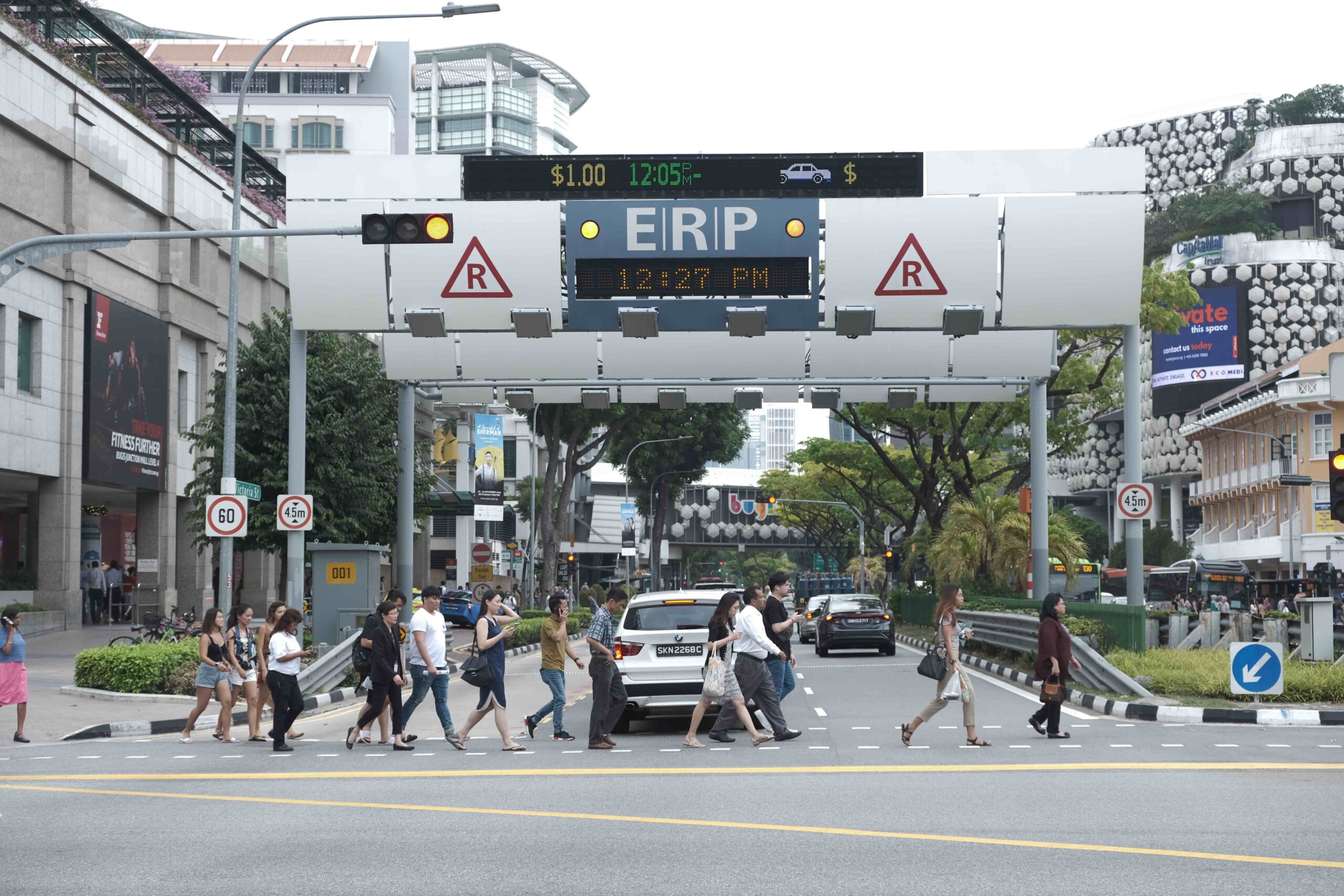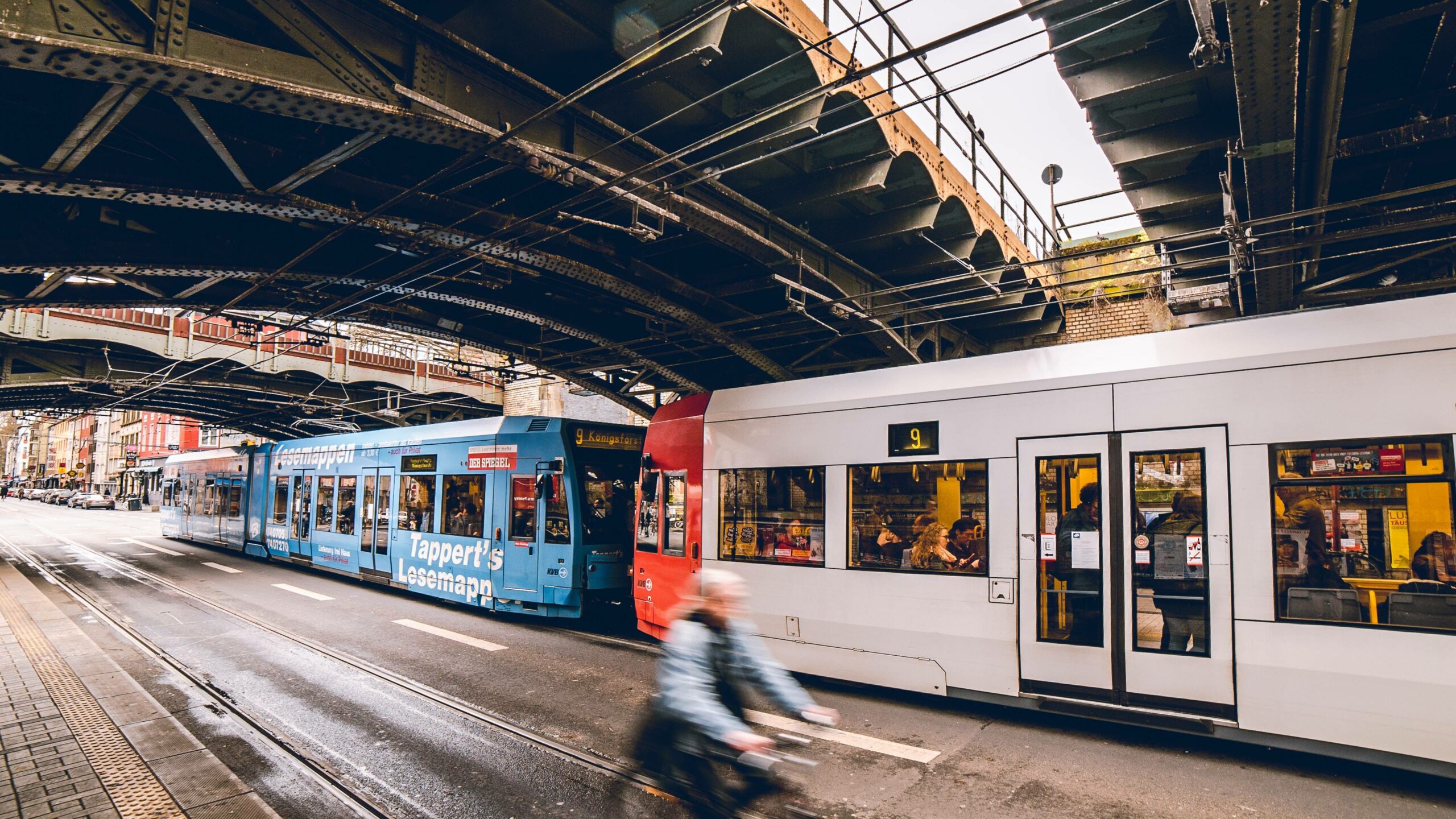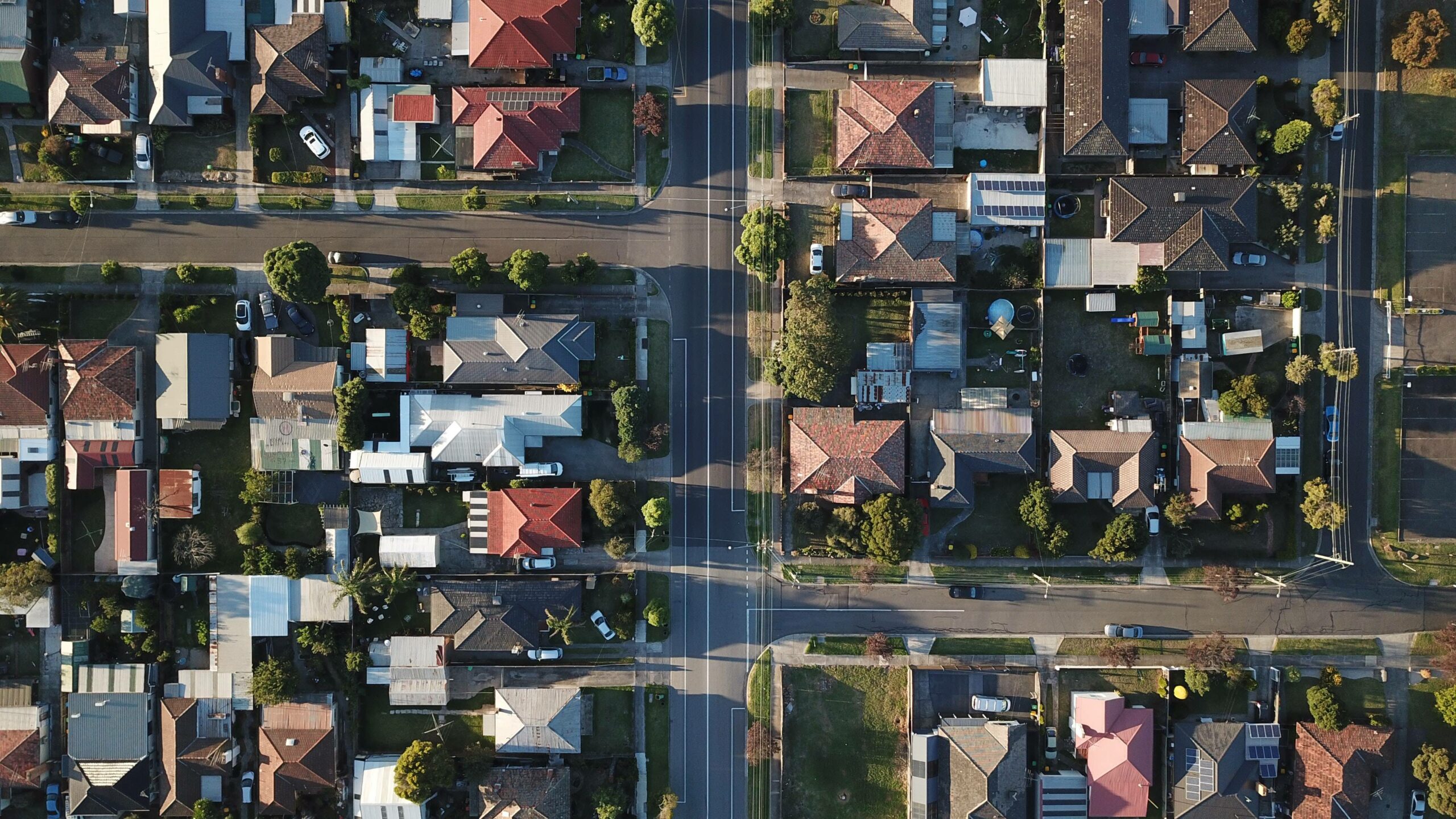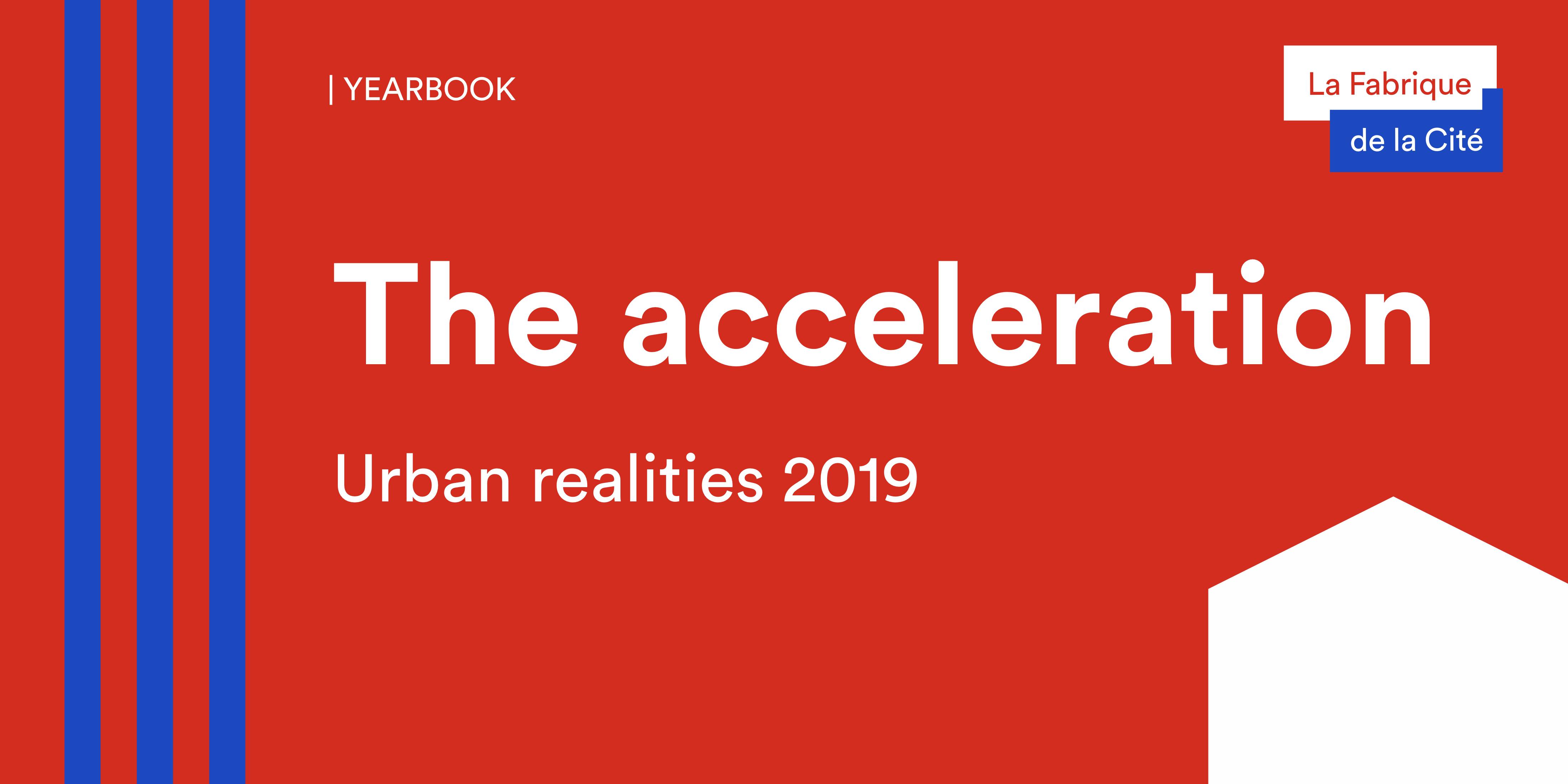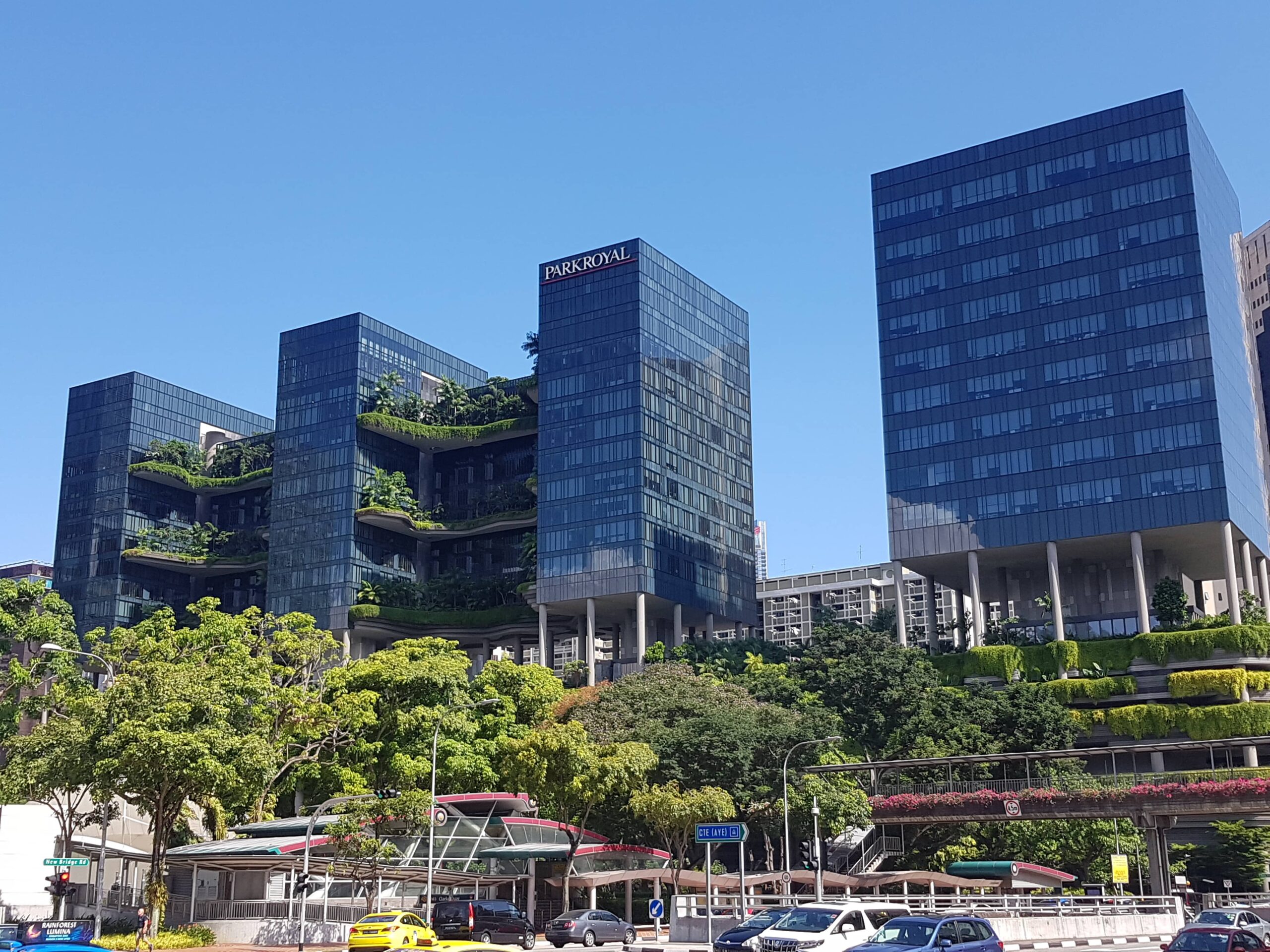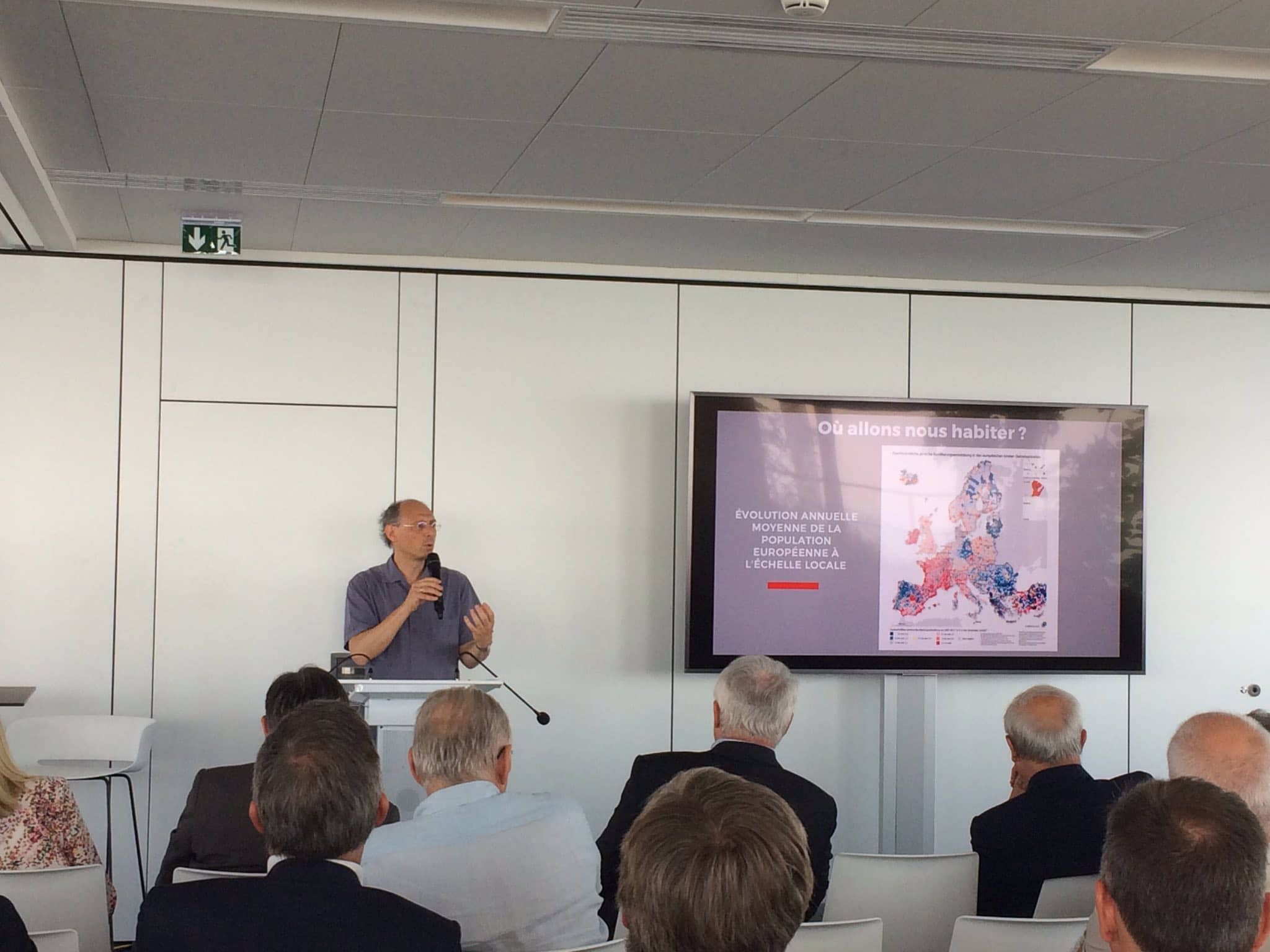

Paris: can densification rescue affordable housing?
Like an increasing number of major European cities, Paris is currently experiencing strong demographic dynamism, driven by the capital’s specific attractiveness in the French landscape.

The Greater Paris population rose from 6.814 million in 2008 to 6.968 million in 2013[1]; while Paris proper had 2.23 million inhabitants in 2015, as against 2.18 million in 2006. Yet while this demographic growth has been recorded in many European cities, Paris stands out from its counterparts for its density, unparalleled for a European capital: Paris proper had 20,934 inhabitants/ km2 in 2015[2]. Its reduced surface area (105 km2[3], as against 219 km2 for Amsterdam, 892 km2 for Berlin) and its large population give it a density reminiscent of that of major cities in developing nations: Paris is ahead of Cairo, Colombo and Montevideo in the rankings of high-density global cities. This unique characteristic for a European city is clearly the source of the difficulties that Paris is facing today in meeting its inhabitants’ needs for affordable housing. Locked in by the Paris beltway, densely built-up and increasingly expensive, Paris is faced with a conundrum: how can it continue to house low-income households against a backdrop of historically high property prices? Can the solution still be found in Paris itself, where hardly any affordable housing is still built?
Residential stock under great strain
Paris’ residential stock is characterised by pronounced wealth inequalities between generations: older households enjoyed the national homeownership policy of the 1970s and, by purchasing their home, have generated a capital which has since been amortised. Younger generations struggle to purchase a home and suffer from the now lower income levels. The former category has everything to gain from the current increase in property prices, which increases the value of their assets, or enables them to unlock the necessary funds to purchase housing in Paris for themselves or their relatives, thereby fuelling a highly limited movement of homeownership in the capital. “In Paris, we are no longer really in a market of first-time buyers. Home buyers are very often assisted by their parents or already have a property that they have managed to sell, but on a market in which there is little room for outsiders, or only outside of Paris, in the outermost suburbs”, explains Emmanuel Trouillard, housing researcher at the Paris Region Urban and Environmental Agency (IAU Île-de-France).
Paris property prices, which have been soaring for several years, are often prohibitive for households hoping to purchase an affordable home in the capital: the average housing sale price rose in December 2017 to the unprecedented level of €9,040 per square metre[9] and while residential housing prices grew by 8% in metropolitan France between early 2010 and mid-2012, they grew by 27% in Paris over the same period[10]. This costliness of the Paris housing supply, together with the capital’s demographic growth, has brought about a shortage of affordable housing. The level of rents in Paris is another clear example of this. The average monthly rent was €1,133 in 2016 in Paris (where rents increased by almost 75%[11] between 2000 and 2014 while salaries have only risen by 13% in France on average since 1998) and €861 in the inner suburbs, according to the Observatoire des loyers de l’agglomération parisienne, the watchdog for rents in the Paris conurbation[12]. Since 2000, the growth rate of Paris rents has been almost three times higher than the rate of inflation[13].
The construction of new housing units is the central issue. In Paris, new-builds are completed at a slow rate: the residential stock grows by 3,000 housing units a year, of which only two thirds are a result of new constructions[14]. It is very difficult to build in the capital as there is a great lack of available land. This is in particular due to the density of Paris. Its spatial configuration does not allow for the building of anything other than dense collective housing, which has proven to be the most expensive type of housing. Bernard Coloos, Head of Economic, Financial and International Affairs at the Fédération Française du Bâtiment (French building federation), explains that:
“Building dense collective housing is expensive due to its requirements, parking spaces, collective areas, fire protection measures, basements, lifts, corridors, etc. Individual houses cost less, without corridors; it costs around €800-900 per square metre to build a house, while it is impossible to build collective housing at such prices”.
Despite this, Paris City Hall strives to use what small quantity of available land there is within Paris to develop a supply of affordable housing, as explains Ian Brossat, Deputy Mayor of Paris responsible for housing, sustainable construction and emergency accommodation:
We use all the resources at our disposal. Firstly, regulatory resources: our local urban master plan [Plan local d’urbanisme] includes an obligation of a 30% share of social housing in the areas lacking social housing and a 30% share of intermediary housing outside of these areas. In terms of development, we are working actively on development areas such as the former Saint-Vincent-de-Paul hospital or land belonging to the SNCF [the French national railway company] where new districts will be created. Between 50 and 60% of the housing in these districts will be social housing. Lastly, through investment: we have allocated a budget of €1 billion over the entire term of office to acquiring land or buildings to produce social housing”.
Despite these efforts and against a backdrop of property price inflation together with a rate of construction that cannot keep up with the demand for housing, the prospects of building new homes on unused land seem limited in Paris. Emmanuel Trouillard confirms that the volume of housing units built within Paris itself has become marginal today: “Paris no longer has any achievements in terms of construction, in particular with the closure of the major joint development zones. There isn’t really any more available land”. It is therefore clear why an approach to build a city on top of the city would be useful, to densify by building additional storeys or to adopt building procedures which diversify the supply of affordable housing by leveraging existing buildings (conversion of office spaces into housing) or by anticipating future needs (reversibility). As new housing can no longer be built in Paris, or only marginally, can densification be an avenue for the large-scale production of affordable housing in the capital?
Can densification help alleviate the housing shortage in Paris?
The technical feasibility of densification, which can be defined as an increase of population density within an urban area, is proven. It is currently one of the strategies selected by Paris City Hall to achieve a development of its residential stock. From converting office spaces to adding storeys, what is the real potential for producing affordable housing through densification in a city like Paris?
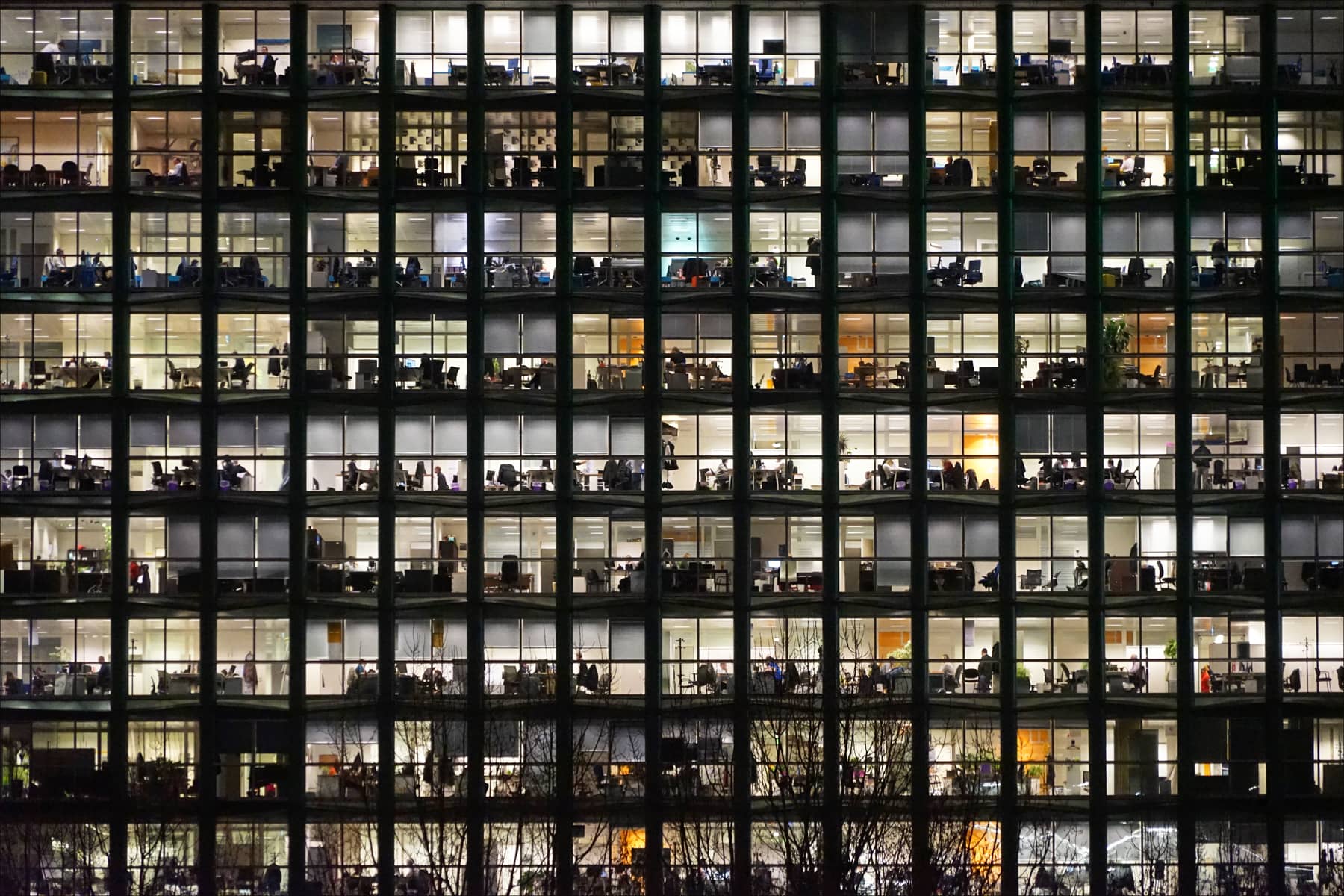
Converting tertiary buildings into housing
With some 17.5 to 18 million square metres, the French capital currently has a high volume of office space[15], mainly concentrated in the “central business district, in the eastern half of the 7th arrondissement, and in other smaller clusters: Montparnasse, Gare de Lyon”16. 80% of these offices were built prior to 2000 and more than 40% before 1939. Generally speaking, these are tertiary buildings with large surface areas, as 93% of office spaces in Paris have surface areas exceeding 1,000 square metres. Conversely, the remaining office buildings are older and smaller, “sections of Haussmann buildings with mixed office and residential use”. Yet a significant share of these offices cannot be used due to successive amendments made to the regulations governing work spaces: some 140,000 to 240,000 square metres of office space become obsolete each year, according to the statistics of the Paris region watchdog for corporate property (Observatoire régional de l’immobilier d’entreprise en Île-de-France – Orie) . The total vacancy rate for office spaces in the Île-de-France region was estimated at 7.5% in 2013[21].
Aware of this surplus unused office space and of the housing shortage it is currently experiencing, Paris has set itself the objective of converting 250,000 square metres of obsolete offices into housing by 2020[22]: “there are many vacant and obsolete offices in Paris which can be converted into housing”, states Ian Brossat. To achieve this, however, a considerable increase in the current rate of conversion is necessary: from 2001 to 2012, slightly more than 30,000 square metres of office-to-housing conversions were authorised in Paris each year, which represents roughly 400 new housing units per year, one third of which are social housing under the French solidarity and urban renewal law (SRU), notes the Atelier parisien d’urbanisme (APUR)[23]. Current operations are concentrated in central Paris and on the right bank of the Seine, an area with the highest density of office space. 60% of this space is made up of Haussmann buildings, “which revert to their initial purpose”.
However, more recent buildings are also sometimes converted. One such example is the Campusea Paris Montsouris student residence (13th arrondissement), the result of a conversion of offices built in the 1970s which had since become obsolete into 60 student rooms[24]. Office-to-housing conversions of very large surface areas remain rare: between 2001 and 2012, only 65 planning permission applications were approved to convert spaces with a surface area exceeding 1,000 square metres, often upon the initiative of social housing providers or private property operators[25].

The increased number of these projects indicates that investors are displaying a growing interest for residential properties, previously neglected to the benefit of tertiary buildings. Anne-Claire Davy, researcher on housing and lifestyle issues within the demographics, housing, facilities and local management team of the IAU, explains as follows: “There is a slight spike in interest by investors in residential properties and the diversification of their property assets. The problem with tertiary stock is that when the tenant leaves, the building is empty. The tertiary stock is poorly positioned on the market, and the implications of risk can be greater than for residential stock. […] The latest trend to convert office space into housing is part of a specific context, there is a stock of office space which, it is hoped, will find a new profitability through housing”.
Is the housing resulting from office conversions really the type of affordable housing that is in such short supply in Paris? Anne-Claire Davy does not believe it is: “Conversions are opportunities to create affordable housing but these are relatively expensive moves. The question of the constructability threshold is raised. Debates under the ELAN Act [Act on changes to housing, development and digital technology] discuss an authorisation to over-build in the case of office-to-housing conversions, with a view to ensuring the operation’s economic balance. This does not really fit with the idea of affordable housing. Legal reform is required to make the operation feasible and balanced in view of Paris property prices”. The average price of converting office space is €2,000 to €2,500 per square metre[29].
For Emmanuel Trouillard, conversions cannot produce affordable housing within Paris itself but “if the building is quite far away in the inner suburbs, why not? The capacity to produce affordable housing through conversions depends on the location”. Very often, conversions prove to be very costly due to the nature and extent of the necessary adjustments (decontamination, asbestos disposal, etc.) and the complex nature of the work required to convert spaces designed for tertiary activities into habitable rooms, with radically different characteristics. The rooms without windows which are commonplace in offices (photocopier room, etc.) are not appropriate in a home. The configuration of traffic areas is also very different in an office and in an apartment. Conversion is even more expensive in Paris, where the cost of land requires a high level of equalisation for a conversion to result in affordable housing. Martin Omhovère explains these conversion operations as follows:
“It is certain that conversions do not create affordable housing, but very expensive apartments which balance the equation economically. The few operations that Paris City Hall is showcasing to endorse the conversion of offices into housing are often supported by the Établissement public foncier d’Île-de-France, for the acquisition, the City Hall for long-term backing and social housing providers that take emphyteutic leases to smooth the cost of land. […] To introduce diversity and develop the supply of affordable housing, the local authority therefore invests significant amounts of money when compared with the number of housing units created”.
Going beyond the cost inherent to converting offices into housing and the repercussions on the prices of the resulting housing, the key question of linking these new homes to social infrastructure still remains. The new residents in such buildings will require these links. While this issue appears less relevant for the central Haussmann buildings which were originally intended for residential use, it is a major concern when converting tertiary properties into housing in business districts where there is little or no social infrastructure.
Many people remain to be convinced about the advantages of conversion: the Secretary of State attached to the Minister of Territorial Cohesion and Relations with Local Authorities, Julien Denormandie, stressed recently that “an insurer’s or property company’s balance sheet places more value on an office than on housing”[30]; as a result, not all tertiary property owners will be interested in converting office space into housing. In terms of public stakeholders, some municipalities may even want to retain vacant office space for future use. In addition, the rents that property owners can hope to collect by leasing office space in sought-after central Paris are much higher than residential rents. “With the exception of predominantly residential municipalities for which it remains more profitable to rent out housing (Northern loop of the Seine in the Hauts-de-Seine département, Saint-Mandé, Vincennes, Fontenay-sous-Bois and Nogent-sur-Marne in the Val-de-Marne département and sections of the 4th and 18th arrondissements), rents are higher for office space in the centre of the Paris conurbation, including in sectors with a mixed fabric (offices/housing)”[31], explains the Direction régionale et interdépartementale de l’hébergement et du logement (DRIHL), responsible for housing and temporary accommodation in the Paris region. Other advantages from office lets may prove to be a disincentive to their conversion into housing, notes the DRIHL: “In administration terms, it is easier to lease office space than to lease housing. Tenant turnover is considered lower and the legal obligations are less restrictive. Offices’ single purpose is more common, which also lowers administration expenses”[32]. Another deciding factor is the property tax applicable to housing, which is much greater than the tax collected from tertiary property owners and which may dissuade operators considering an office conversion operation.
Yet the French government seems determined to make these conversions more attractive, as demonstrated by the provisions proposed for the future Act on changes to housing, development and digital technology (ELAN). One such provision is the simplification of applicable administrative procedures: while these operations previously required planning permission, the ELAN Act may make them conditional only on a preliminary declaration of work. It could also harmonise the standards applicable to the construction of offices and housing (height, etc.) or create a constructability bonus (additional buildable surface area): “for each square metre of office space, these owners will be permitted to build 10% additional housing space. In a city such as Paris, this is a great incentive“[33] , explains the Minister for Territorial Cohesion, Jacques Mézard.

Modularity and reversibility
Like in many other major European cities such as Stockholm or Munich, more than 50% of households in Paris are currently single-person. This raises the question of adapting the existing housing stock to demand. In view of this observation, modularity can pave the way to an improved adaptation of the existing supply to meet demand, in that it can divide existing housing and thereby introduce greater diversity in housing types. Lucille Mettetal, researcher specialised in housing issues at the IAU, explains that “these [modular] mechanisms are part of the variable geometry subject of affordable housing and ultimately we come back to Haussmann buildings, the many doors of which allowed for such reversibility”. Modularity is not a recent solution. Anne-Claire Davy reminds us that “modularity is spontaneously there in Haussmann buildings, there is an unbelievable production of large surface areas in Paris. There was a spontaneous generation of large surface areas in districts undergoing gentrification with the families who are arriving. These are very important dynamics in terms of quality and are made possible by construction types, amalgamation and restructuring”.
Some developers are currently marketing modulable housing to which a new room can be added by changing partitions as families grow or the occupying household’s needs change. In the 14th arrondissement, a renovated building on Rue Raymond Losserand houses eight modulable social housing units with mobile wooden partitions, allowing their occupants to adapt the size of some rooms and the configuration of their apartment in accordance with their needs[34]. This project was completed after six years of proceedings marked by the filing of an appeal against planning permission. However, modularity in its contemporary form is not yet established practice: for Lucille Mettetal, it supposes “a very rational approach which may come up against an attachment to the patrimonial aspect of housing and homes. It is not that easy to lose a room”. While economical, it is only put into place in Paris in existing buildings and is not a means to produce additional housing; at best it provides a better fit between housing supply and users’ demands, while giving users the option of avoiding residential mobility when their personal situation changes. Modularity, like all housing construction ideas for Paris itself, hits the hurdle of land prices, which account for 25% to 50% of housing prices in the capital (according to location)[35]. This expense cancels out the savings offered by modularity.
Reversibility, which involves planning for the option of changing a building’s purpose as of the design phase (from residential to tertiary or vice versa) with minimal adjustment costs, is of special interest in cities which are forecasting a decline in demand for office spaces together with a high and stable level of demand for housing. Michael Voigtländer, Head of the Research Unit Financial and Real Estate Markets at the German Economic Institute (IW Köln), notes that the “idea of investing today to change future uses seems particularly attractive”. Despite the sheen of innovation surrounding the reversibility projects currently being rolled out in some European cities, reversibility is not new and is above all to do with structural logic. Architect Patrick Rubin, whose firm Canal Architecture designed the principle of the Conjugo reversible building in partnership with VINCI Construction France, recounts the history of reversibility:
“To change a building, you should never be hindered by its structure. The major architects of the early 20th century, Eiffel, Perret, Hennebique, were already thinking about structure in this way. Many factories are therefore very cleverly designed. They are bright because manufacturers needed light. If you analyse an industrial building, it is all based on logic”.

Lucille Mettetal confirms this opinion: “It is a subject that is believed to be new, but really all older buildings are reversible because they were designed with a platform and metal beams. There is under-estimated potential for reversibility in older buildings in particular, through the many doors that were used by servants”.
This approach and focus on structure must head the design of today’s reversible buildings, explains Patrick Rubin, for whom reversibility implies the necessary construction with beams and slabs, through which reversibility can lead to the production of affordable housing at reasonable costs:
“If there is a standard height, there is no reason why reversible housing would cost more than other types of housing. The Habitat Colonne procedure, characterised by a configuration with beams and slabs, has enabled us to build student residences at €1,400/square metre. All the technical features of the building are extracted and placed outside. The stairwells are naturally cleared of smoke because they are located outdoors, as are the conduits. There is nothing heroic here: it is not an architect’s architecture but a collegial architecture by everyone and for everyone”.
It appears, however, that reversibility is struggling to attract investors, as it requires a cultural acclimatisation and change that is not yet complete, as Lucille Mettetal explains: “We continue to build offices in Seine-Saint-Denis which are not at all reversible. It is not yet part of architects’ and developers’ cultures”.
To achieve a widespread endorsement of this construction method, Patrick Rubin calls for increased collaboration between architects, developers, lawmakers and investors:
“Investors are key to all of this. Today, private investors say to themselves: ‘If I start my operation, if I market it on plan, it will be sold when I have 50% of acquisition options’. So when it is suggested that they convert their office space into housing in a few years, they are not interested. This reluctancy is cultural. Generation Y, which will be our economic and social fabric tomorrow, is clearly very responsive to the concept of reversible spaces. It is about how the issue is considered; for the most part it is in the anticipation of what society will become. Reversibility is not just technical, it is an intellectual shift. Places change, as do new generations!”
Another difficulty, similar to that experienced for office-to-housing conversion projects is that the designed building must be built near social infrastructure in the event that it may be converted into housing and even if it is used as a workspace at the outset. While the cost of building reversible buildings is limited, their development in Paris is also hampered by land prices.

Building a city on top of the city to develop housing stock?
Another method of densification is the addition of storeys intended for housing to existing buildings. This method is attracting growing interest in many major European cities. Michael Voigtländer explains that building an additional storey on top of all residential buildings in Berlin constructed in the 1920s or 1930s could give rise to the creation of 50,000 new housing units.
In Paris, this method has also garnered significant interest: “Paris City Hall actively encourages densification and has clearly stated its willingness to reclaim the rooftops”, notes Patrick Rubin. The authority believes the method of additional storeys has many advantages, which would “help to curb urban spread and create housing without sealing off free surface areas […], to consider new construction methods, suited to existing buildings, which use new, environmentally-friendly and energy-efficient materials”[36]. As with reversibility, adding extra storeys has a long history in Paris, first occurring as far back as the 17th and 18th centuries, as demonstrated in the buildings of the Place Dauphine; while those on the Quai de Béthune, on the Île Saint-Louis, were raised in the 19th century. As an incentive for this method, the ALUR Act of May 2014 withdrew the “coefficient d’occupation des sols“ (floor space ratio), which set a maximum building density for each plot of land, thereby hindering vertical developments[37]. Paris City Hall is currently planning to allow buildings in the city to be raised by 12%, by adding one to five new storeys, which would, according to the authority, give rise to 40,000 additional housing units.
Would these new housing units be affordable? For Patrick Rubin, the answer is yes. “It is affordable housing, of course. Private owners generally have shared attic space, maid’s rooms and joint ownership of common areas. The roof is removed and modified, becoming much less sloping than before. The building condominium can sell or lease to finance the work”. Other experts are more reserved, believing that creating additional storeys is too expensive to create affordable housing: its price fluctuates between €2,000 and €4,500 per square metre, even despite an exemption from property tax[38].
Another concept, similar to that of adding extra storeys, focuses on an improved use of basement space, in particular when building new housing. “Another quite significant density is found in basements: if you change your viewpoint somewhat, an upper basement floor could become a garden level, like the basement flats in London”, explains Patrick Rubin. “By building a car park on a lower basement level (-2), the upper level -1) is free for caretakers, co-working spaces, micro-nurseries and other community facilities. It’s what I call the semi-grounded layer, in contrast to the sky layer. With these two layers, a building already has scope for two extensions. Paris is already considering this. As it is gradually seeing fewer cars, it is anticipating what will be done with these car parks”.
However, the avenue of upward development is running up against the obstacle of condominiums, whose consent must be obtained prior to the implementation of such a measure, possibly facilitated by the first refusal given to co-owners on the top floor to purchase new housing units created in this way. The addition of storeys also requires planning permission, which may prove difficult for buildings of historical importance or, for Haussmann buildings in Paris. Another condition is the absence of a quarry under the building (a concern that is important in Paris).
While densification may be a means of producing affordable housing, inexpensive land is still necessary. This is not the case in Paris, where land prices soared to levels which are totally unrelated to their actual value. Certain questions remain with regard to whether such densification would be beneficial in a city as populated and small as Paris and the consequences it would have of Parisians’ quality of life, even if it does generate new affordable housing. Bernard Coloos explains as follows that:
“As to whether we have the technical capacity to develop order in reasonable structures, the answer is yes. Two questions arise from this observation: Is it socially tolerable? I think the answer is currently no. Is it affordable? These are two different things. The question is not whether or not we can still build in central Paris, on the Île de la Cité, etc. The answer is no because Paris now has one of the highest densities in the world”.
Does the future of affordable housing in Paris lie… outside Paris?
When asked whether it is still possible to produce affordable housing at a limited cost (implying land and construction cost control) within Paris itself, Bernard Coloos answers as follows:
“No, the equation is impossible. If you take conventional benefits (APL [individualised housing assistance], etc.) and equalisation, you run into €3,500 or €4,000 per square metre. In the Paris region, given the costs, there is often 50% debt today. There is no magical answer to status or financing. Someone who has zero income must pay a zero rent. If the production of a housing unit costs €400,000 in Paris, you must pay €400,000 to house a person with no income”.
If affordable housing is no longer conceivable within the capital, could it be extended to the wider metropolitan area? “Go beyond the Paris beltway and the shift from R5 to R1 apartments with small gardens is striking. If all the bordering départements were considered to be Paris –as done in all major European cities –tens of thousands of hectares of building land would appear overnight”, highlights Bernard Coloos. Emmanuel Trouillard (IAU) confirms this analysis: “The question is rather where to build these necessary 60,000 housing units per year [to meet housing demand in Île-de-France]. If our only reference is Paris proper, we’ll never manage that. Prices will never fall, unless there is a major banking crisis that would cut off credit; and even then, statistics show that the most recent crisis did not have this effect – it blocked the market temporarily, and the market waited patiently and then took off again”.
While it seems impossible to absorb the shortage in Paris itself, where it appears a supply of affordable housing cannot be built, this is not the case in the wider area of the Greater Paris area (Grand Paris), which still has a high level of available land and enjoys dynamic housing construction. Here, more new homes are produced than in comparable European capitals. Jean-Marie Gambrelle explains that today we are building “three times more new housing units per square kilometre in the Paris metropolitan area than in Greater London”39. Henceforth, the issue of affordable housing in Paris must be considered on the scale of Greater Paris. According to David Mangin and Marc Wiel, this involves “creating diversified employment hubs connected to the residential areas, linking old and new districts to business segments and metropolitan services, then strengthening public transportation on these segments when the level of infrastructure investment profitability is reached”[40]. All this should take place within the metropolitan area: “as the new authority responsible for housing policy in Île-de-France, Grand Paris will play a key role in increasing fluidity and standardisation on the region’s housing markets”, writes Pierre Madec[41].
Today’s challenge is therefore to boost the construction of affordable housing on a metropolitan level while developing the region’s network in terms of efficient mobility. The capacity to produce affordable housing likely to satisfy demand from low-income households is dependent on the condition that daily commutes are reduced. For Emmanuel Trouillard, “one of the main challenges of the Grand Paris Express [infrastructure project] is to successfully create a more inclusive agglomeration but in a broader sense, i.e. so that there is less of a break between Paris and the rest of the region and that housing is built in places which remain affordable and where there is still leverage on the market”. According to David Mangin and Marc Weil, the challenge will be to “pool development resources and to guarantee sufficient cohesion between workplaces and homes so that facilitated mobility does not become a vehicle for compounded urban incoherence”[42]. Alain Trannoy comes to a similar conclusion when he writes that:
“We can’t change the fact that prices and rents in this region are higher than in other regions. This reflects, for the most part, that compared to other regions many more wealthy people contribute to increasing property prices. The levers to lower prices are:
– A very strong revival of the policy to build public transportation lines. The easier it is to travel quickly from the outskirts to the centre, the more the price peak in the centre of the Paris agglomeration will decline in relation to the rest of the agglomeration. […]
– Remove as much as possible the Paris-suburbs divide created by the beltway and provide the same amenities and urban public facilities in the inner suburbs as in Paris itself”[43].
Ultimately, it is the quality and efficacy of the mobility network that will service the metropolitan area that will determine its capacity to produce affordable housing that can satisfy demand. Without reducing commuting times, housing supply, even for affordable housing, will not attract households. Bernard Coloos is pleading in favour of such an approach: “firstly, we must get rid of boundaries and create space. We must look for new spaces rather than managing the shortage and increasing prices. Public transportation must also be developed. I think that the Grand Paris project has come fifty years too late, but provides a response to mobility issues. Secondly, we must try to produce as much land as possible to move away from the expensive idea of increasing density. Action must focus on both land and mobility”. An approach that incorporates housing and mobility and a strategy to build a polycentric metropolis: perhaps these are the levers by which public authorities will be able to provide inhabitants of the Paris metropolitan area with housing that is affordable and accessible to all.

1 Atelier parisien d’urbanisme. Population, logement, emploi – Partie 1 : la population. [on-line] (amended in October 2016). Available at: https://www.apur.org/fr/nos-travaux/population-logement-emploi-partie-1-population. (Viewed on 10 July 2018)
2 INSEE – Institut national de la statistique et des études économiques. Comparateur de territoire – Département de Paris (75). [on-line] (amended on 26 June 2018). Available at: https://www.insee.fr/fr/statistiques/1405599?geo=DEP-75. (Viewed on 13 July 2018)
3 Bundesrat. Organisation>Federal States. [on-line]. Available at: https://www.bundesrat.de/EN/organisation-en/laender-en/laender-en-node.html; Paris [on-line]. In: Encyclopédie Larousse. Tomaison. Paris: Larousse, 2018. Available at: http://www.larousse.fr/encyclopedie/ville/Paris/137068. (Viewed on 29 June 2018)
4 MADEC, Pierre. Le marché immobilier parisien : quelles spécificités ? Cahiers français, 2015, n°338, p. 52-56.
5 Ibid.
6 Ibid.
7 Ibid.
8 Institut national de la statistique et des études économiques. Comparateur de territoire – Département de Paris (75). [on-line] (amended on 26 June 2018). Available at: https://www.insee.fr/fr/statistiques/1405599?geo=DEP-75. (Viewed on 13 July 2018)
9 DELL’ORO, Jean-Louis. Prix de l’immobilier : un marché à deux vitesses entre Paris et la banlieue. In: Challenges [on-line]. (Published on 22 February 2018.) Available at: https://www.challenges.fr/immobilier/actu-immo/immobilier-les-prix-flambent-a-paris-et-les-ecarts-se-creusent-avec-l-ile-de-france_569282. (Viewed on 11 July 2018)
10 MADEC, Pierre. Le marché immobilier parisien : quelles spécificités ? Cahiers français, 2015, n°338, p. 52-56.
11 Ibid.
12 Observatoire des Loyers de l’Agglomération Parisienne. Évolution en 2016 des loyers d’habitation du secteur locatif privé dans l’agglomération parisienne [on-line]. Paris: OLAP, 2017, 28 p. Available at: http://www.observatoire-des-loyers.fr/sites/default/files/olap_documents/rapports_loyers/Rapport%20Paris%202017-V2.pdf. (Viewed on 12 July 2018)
13 MADEC, Pierre. Le marché immobilier parisien : quelles spécificités ? Cahiers français, 2015, n°338, p. 52-56.
14 Ibid.
15 MOHRT, François. Le parc de bureaux parisien et son potentiel de transformation [on-line]. Paris: Atelier parisien d’urbanisme, 2015, 16 p. Available at: https://www.apur.org/sites/default/files/documents/parc_bureaux_parisien_potentiel_transformation.pdf. (Viewed on 13 July 2018)
16 Ibid.
17 Ibid.
18 Ibid.
19 Ibid.
20 TREGUIER, Éric. Comment la transformation de bureaux en logements pourrait s’imposer. In: Challenges [on-line]. (Published on 9 April 2018.) Available at: https://www.challenges.fr/entreprise/vie-de-bureau/comment-la-transformation-de-bureaux-en-logements-pourrait-s-imposer_579115 (Viewed on 13 July 2018)
21 HORNY, Gérard. Transformer des bureaux en logements ? Plus facile à dire qu’à faire. In: Slate FR [on-line]. (Published on 21 March 2014.) Available at: http://www.slate.fr/story/84681/transformer-des-bureaux-en-logements. (Viewed on 11 July 2018)
22 Paris : deux mesures pour transformer des bureaux en logements. In: Batiweb [on-line]. (Published on 12 February 2016.) Available at: http://www.batiweb.com/actualites/legislation-et-reglements/paris-deux-mesures-pour-transformer-des-bureaux-en-logements-12-02-2016-27833.html. (Viewed on 12 July 2018)
23 DOREL, V./L’HÉNAFF, F./MOHRT, F./VIROT, P. La transformation de bureaux en logements à Paris de 2001 à 2012 [on-line]. Paris: Atelier parisien d’urbanisme, 2014, 70 p. Available at: https://www.apur.org/fr/nos-travaux/transformation-bureaux-logements-paris-2001-2012#. (Viewed on 10 July 2018)
24 La transformation de bureaux en logements encouragée à Paris. In: Le Parisien [on-line]. (Published on 9 February 2016.) Available at: http://www.leparisien.fr/paris-75/la-transformation-de-bureaux-en-logements-encouragee-a-paris-09-02-2016-5529491.php (Viewed on 10 July 2018)
25 MORHT, François. Le parc de bureaux parisien et son potentiel de transformation [on-line]. Paris: Atelier parisien d’urbanisme, 2015, 16 p. Available at: https://www.apur.org/sites/default/files/documents/parc_bureaux_parisien_potentiel_transformation.pdf. (Viewed on 13 July 2018)
26 Ibid.
27 ESCUDIÉ, Jean-Noël. Habitat – Paris adopte deux mesures pour favoriser la transformation de bureaux en logements. In: Banque des territoires [on-line]. (Published on 17 February 2016.) Available at:
https://www.caissedesdepotsdesterritoires.fr/cs/ContentServer?pagename=Territoires/LOCActu/ArticleActualite&cid=1250270307030. (Viewed on 13 July 2018)
28 Ibid.
29 HORNY, Gérard. Transformer des bureaux en logements ? Plus facile à dire qu’à faire. In: Slate FR [on-line]. (Published on 21 March 2014.) Available at: http://www.slate.fr/story/84681/transformer-des-bureaux-en-logements. (Viewed on 11 July 2018)
30 TREGUIER, Éric. Comment la transformation de bureaux en logements pourrait s’imposer. In: Challenges [on-line]. (Published on 9 April 2018.) Available at: https://www.challenges.fr/entreprise/vie-de-bureau/comment-la-transformation-de-bureaux-en-logements-pourrait-s-imposer_579115 (Viewed on 13 July 2018)
31 MORHT, F./VIROT, P. Transformation de bureaux en logements à Paris [on-line]. Paris:
Atelier parisien d’urbanisme, 2013, 8 p. Available at: http://www.drihl.ile-de-france.developpement-durable.gouv.fr/IMG/pdf/transformations_bureaux_logements_cle015f13.pdf. (Viewed on 10 July 2018)
32 Ibid.
33 TREGUIER, Éric. Comment la transformation de bureaux en logements pourrait s’imposer. In: Challenges [on-line]. (Published on 9 April 2018.) Available at: https://www.challenges.fr/entreprise/vie-de-bureau/comment-la-transformation-de-bureaux-en-logements-pourrait-s-imposer_579115 (Viewed on 13 July 2018)
34 MÉTIVIER, Alexandre. Paris : quand le logement social devient modulable. In: Le Parisien [on-line]. (Published on 19 October 2016.) Available at: http://www.leparisien.fr/paris-75014/paris-quand-le-logement-social-devient-modulable-19-10-2016-6228384.php. (Viewed on 10 July 2018)
35 POUTHIER, Adrien. Pourquoi les prix du foncier et des logements neufs ne risquent pas de baisser. In: Le Moniteur [on-line]. (Published on 13 May 2016.) Available at: https://www.lemoniteur.fr/article/pourquoi-les-prix-du-foncier-et-des-logements-neufs-ne-risquent-pas-de-baisser.1185059 (Viewed on 12 July 2018)
36 Mairie de Paris. Surélever son immeuble [on-line]. Paris: Mairie de Paris, 2016, 16 p. Available at: https://api-site.paris.fr/images/85422. (Viewed on 11 July 2018)
37 Ibid.
38 La surélévation à Paris : mode d’emploi. In: Architectes Paris [on-line]. Published on 30 September 2015. http://www.architectes-paris.info/la-surelevation-a-paris-mode-demploi/. (Viewed on 12 July 2018)
39 GAMBRELLE, Jean-Marie. Pour une approche quantitative de la politique du logement : l’exemple de l’agglomération parisienne. In: Politique du logement – analyses et débat [on-line]. Published on 15 February 2016. http://politiquedulogement.com/2016/02/pour-une-approche-quantitative-de-la-politique-du-logement-lexemple-de-lagglomeration-parisienne/. (Viewed on 12 July 2018)
40 Le logement en Île-de-France, une « bombe à retardement ». Paris: SEURA, 2013, 121 p.
41 MADEC, Pierre. Le marché immobilier parisien : quelles spécificités ? Cahiers français, 2015, n°338, p. 52-56.
42 Habiter le Grand Paris / AIGP 2 / saison 1, Le logement en Île-de-France, une « bombe à retardement », SEURA team, March 2013
43 TRANNOY, Alain. Politiques du logement : éléments de diagnostic et propositions. In: Politique du logement – analyses et débat [on-line]. Published on 14 September 2017. http://politiquedulogement.com/2017/09/politiques-du-logement-elements-de-diagnostic-et-propositions/. (Viewed on 11 July 2018)
These other publications may also be of interest to you:

Oslo : reimagining the City for a Carbon-Free Future
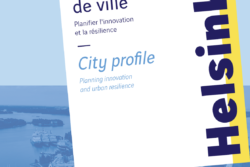
Helsinki : Planning innovation and urban resilience

Forget 5th Avenue

Long live urban density!

Sending out an SOS
The ideal culprit
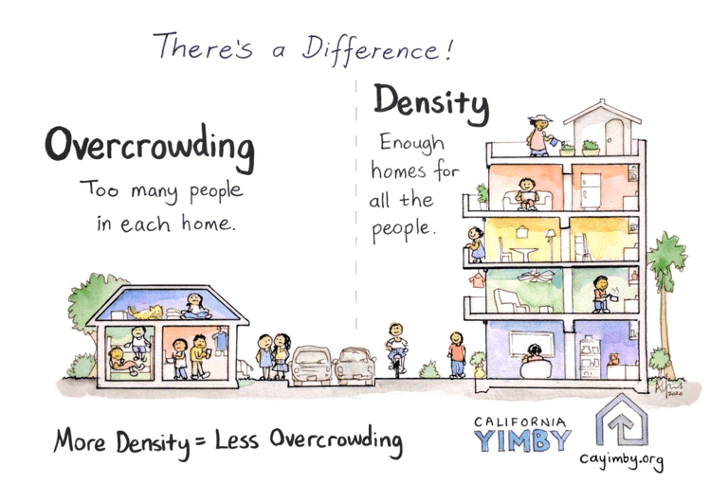
Behind the words: density

Behind the words: telecommuting

Behind the words: urban congestion
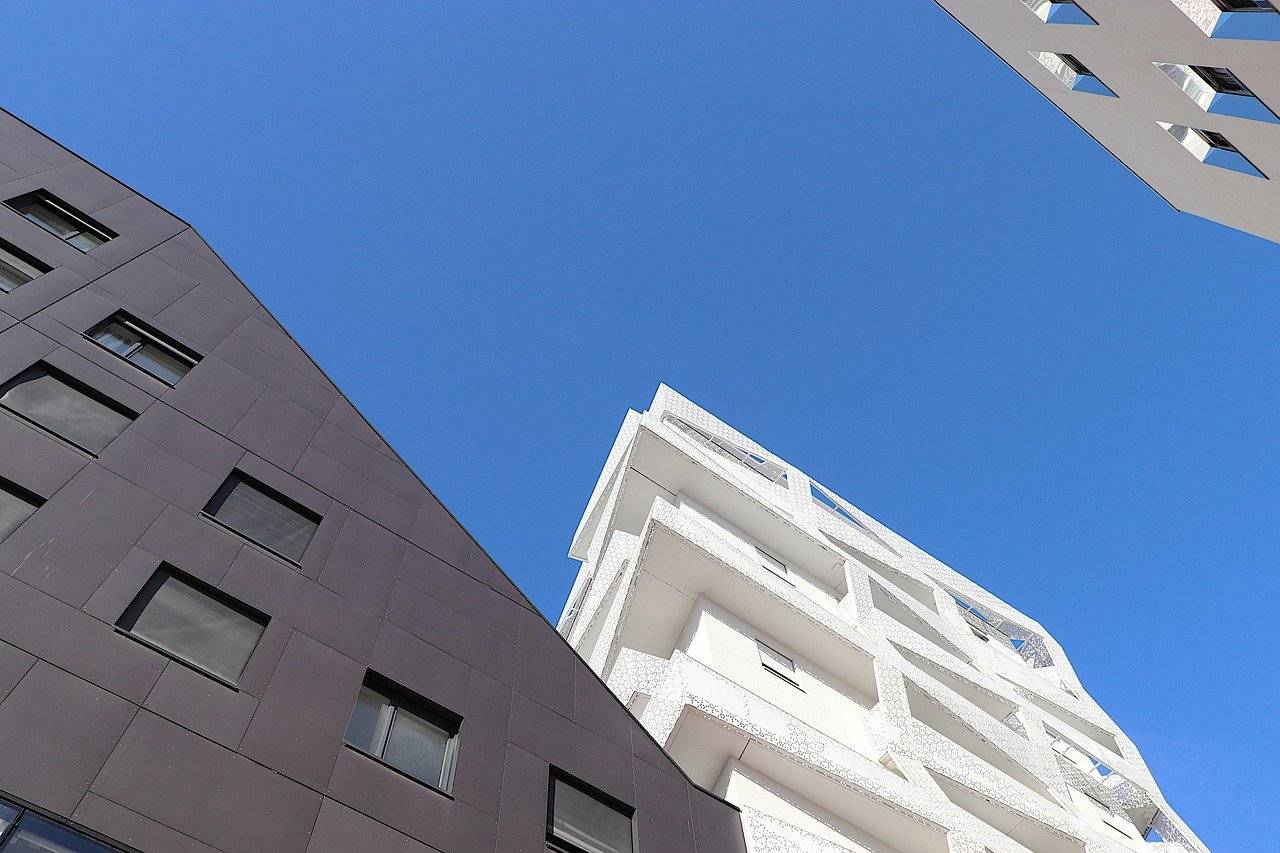
Behind the words: Affordable housing

The political and technological challenges of future mobilities

Inventing the future of urban highways
La Fabrique de la Cité
La Fabrique de la Cité is a think tank dedicated to urban foresight, created by the VINCI group, its sponsor, in 2010. La Fabrique de la Cité acts as a forum where urban stakeholders, whether French or international, collaborate to bring forth new ways of building and rebuilding cities.















